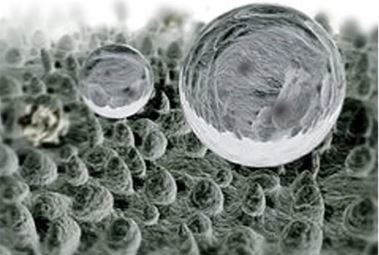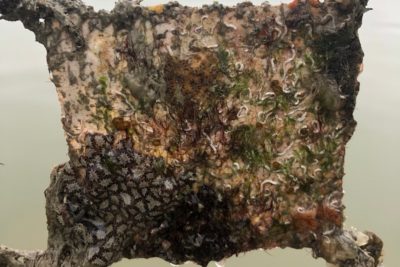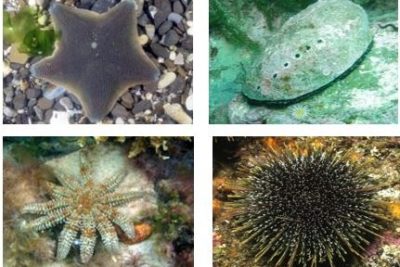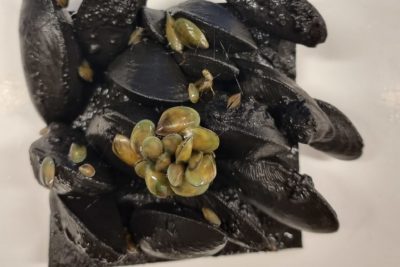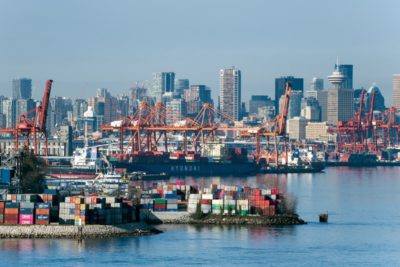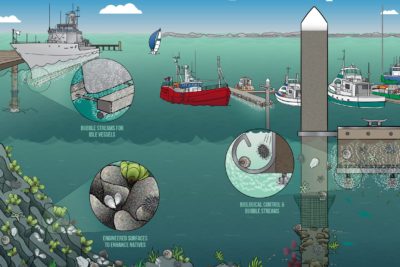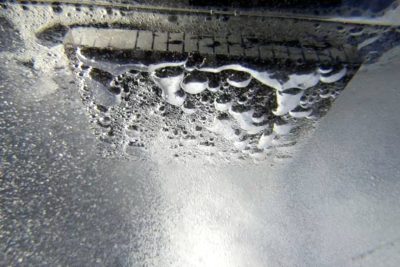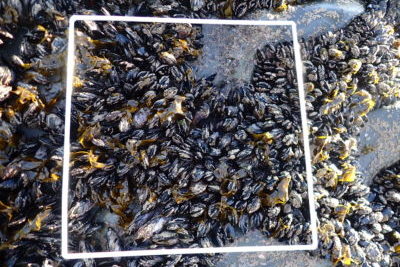Research undertaken in the PROTECT theme will strive for the ‘Holy Grail’ of biofouling prevention – long-term performance without the need for biocides or costly maintenance.

Biofouling
Biofouling is the colonisation of submerged artificial structures by sessile marine animals and plants. The development of biofouling ‘assemblages’ on vessel hulls, aquaculture farms and other marine infrastructure is a costly nuisance as it increases fuel consumption and maintenance costs. Artificial structures associated with ports, marinas and coastal urban centres (e.g. pontoons, pilings and breakwalls) are particularly attractive habitats for biofouling organisms. They are often the sites where marine non-indigenous species (NIS) first become established. Approximately half of the coastline around New Zealand’s main urbanised harbours is made from artificial structures. The biofouling populations on these structures act as an extensive source of propagules for the regional and domestic spread of marine NIS and its associated ecological, economic and cultural impacts. At present, no cost-effective and environmentally acceptable technologies exist to prevent or manage biofouling on coastal infrastructure.
In collaboration with end-user partners from government and industry, and Māori organizations our research team will develop eco-innovative surface treatment technologies for sustained biofouling prevention and substrates to enhance native populations to achieve ‘invasion resistance’. Ultimately, with continued development and refinement, tools and approaches developed within this programme theme will proactively disrupt the invasion process whilst providing new ecological services and cultural values.
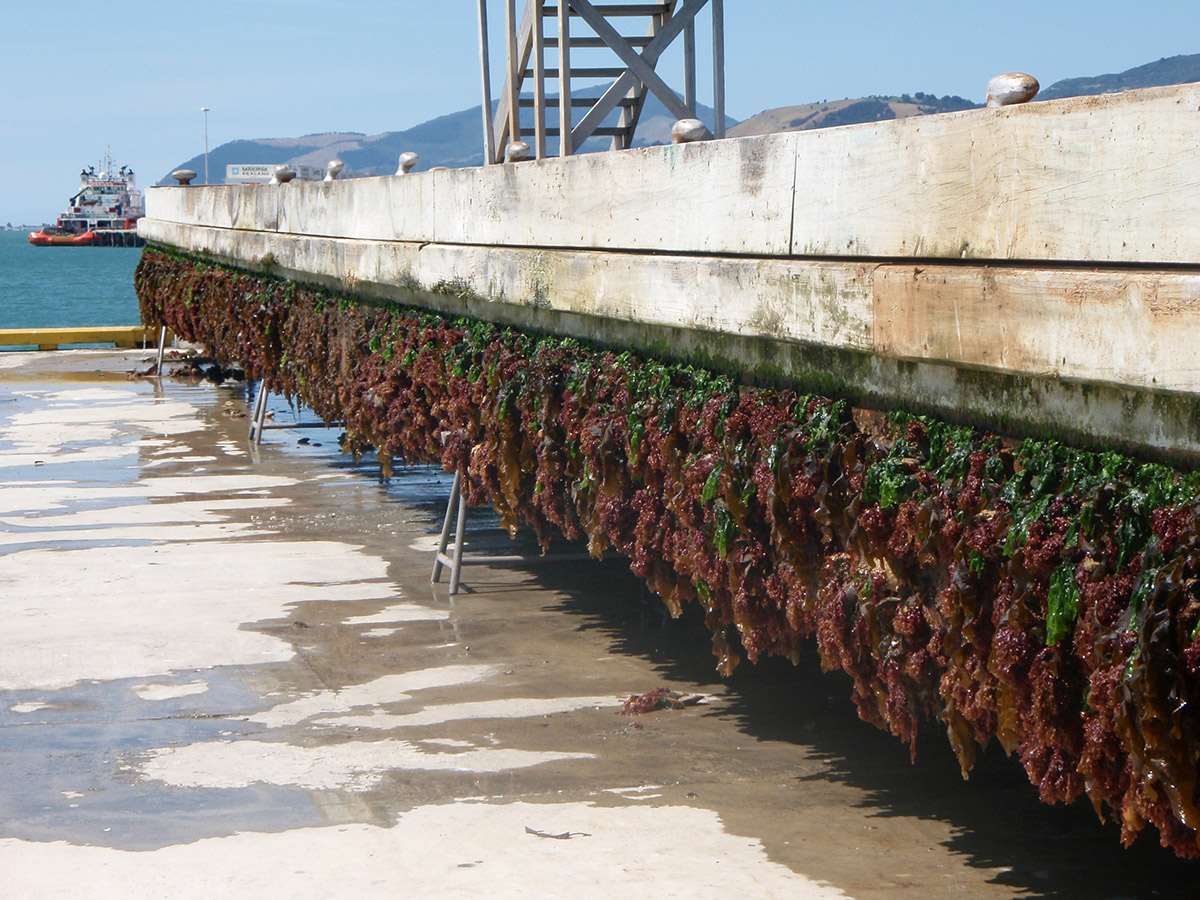
RESEARCH ACTIVITIES
Our research has two primary lines of inquiry: (1) interventions designed to prevent biofouling accumulation, and (2) ecologically engineered surfaces to enhance settlement and retention of native species.
Preventing biofouling accumulation on structures
We will tackle this formidable challenge from multiple angles by focusing on three innovative anti-fouling techniques. The first of these are bubble curtains that prevent larvae of biofouling organisms establishing onto artificial marine surfaces. Research undertaken to date suggests that the bubble curtains work by both scouring recently settled larvae as well as by creating a physical barrier between the surface and larvae in the water column. The second technique will use native organisms as biological control agents that will either eat or dislodge biofouling organisms from the pontoons as they move about in their daily life. Biological control has a long and interesting history in terrestrial systems – we will use local native species as control agents (such as mollusc grazers) so that wider ecosystem effects are well managed. Finally, we will examine novel surface properties that either repel or prevent biofouling organisms at microscopic scales. This component will trial the use of cutting-edge technologies that are used in our daily lives (e.g. surface treatments that make cell phones waterproof). Using marina pontoons as a model system, the team will take ideas from the laboratory, develop prototype systems and evaluate their efficacy under realistic field conditions.
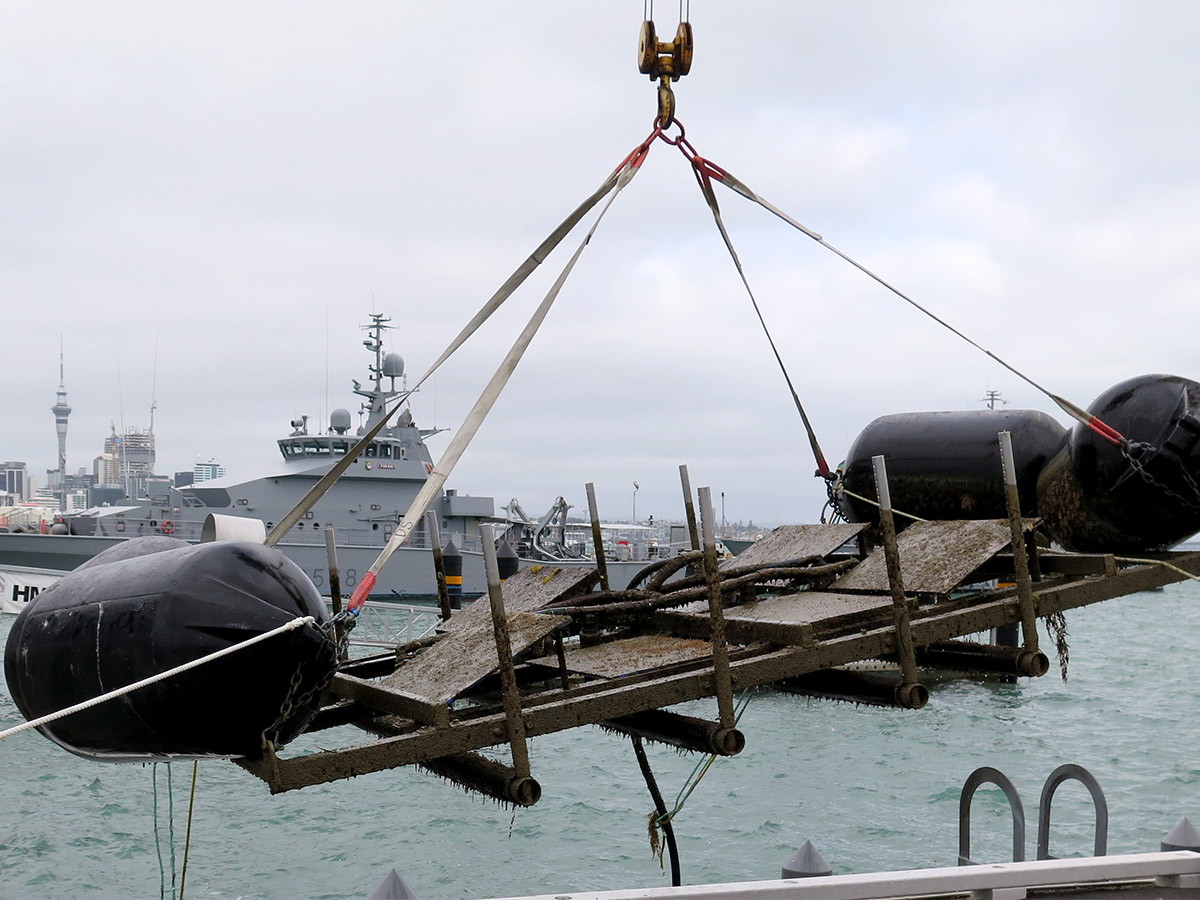
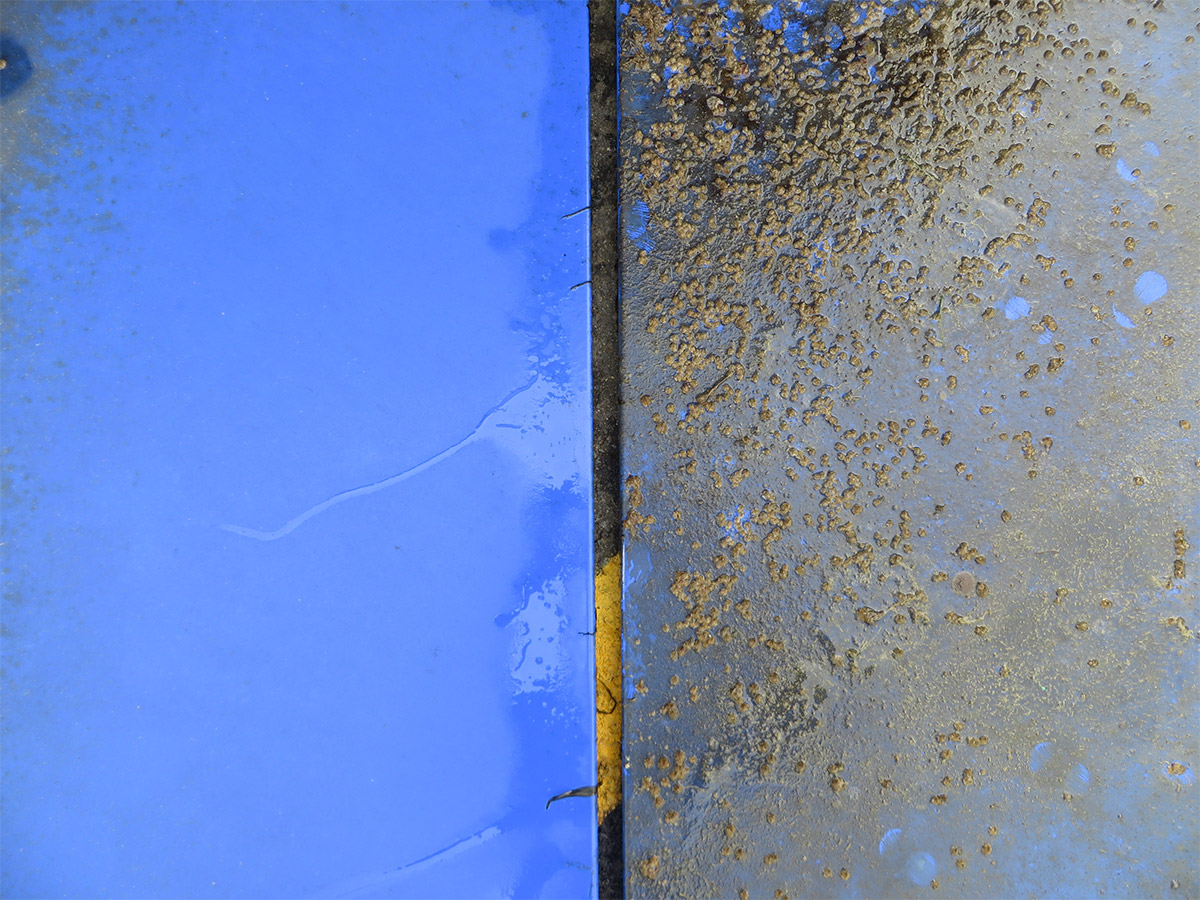
Field trials at the Devonport Naval Base. Left: Experimental panels were attached to a raft and bubbled continuously. Right: Fouling release panels had minimal fouling after continuous bubbling compared to the non-bubbled control (far right).
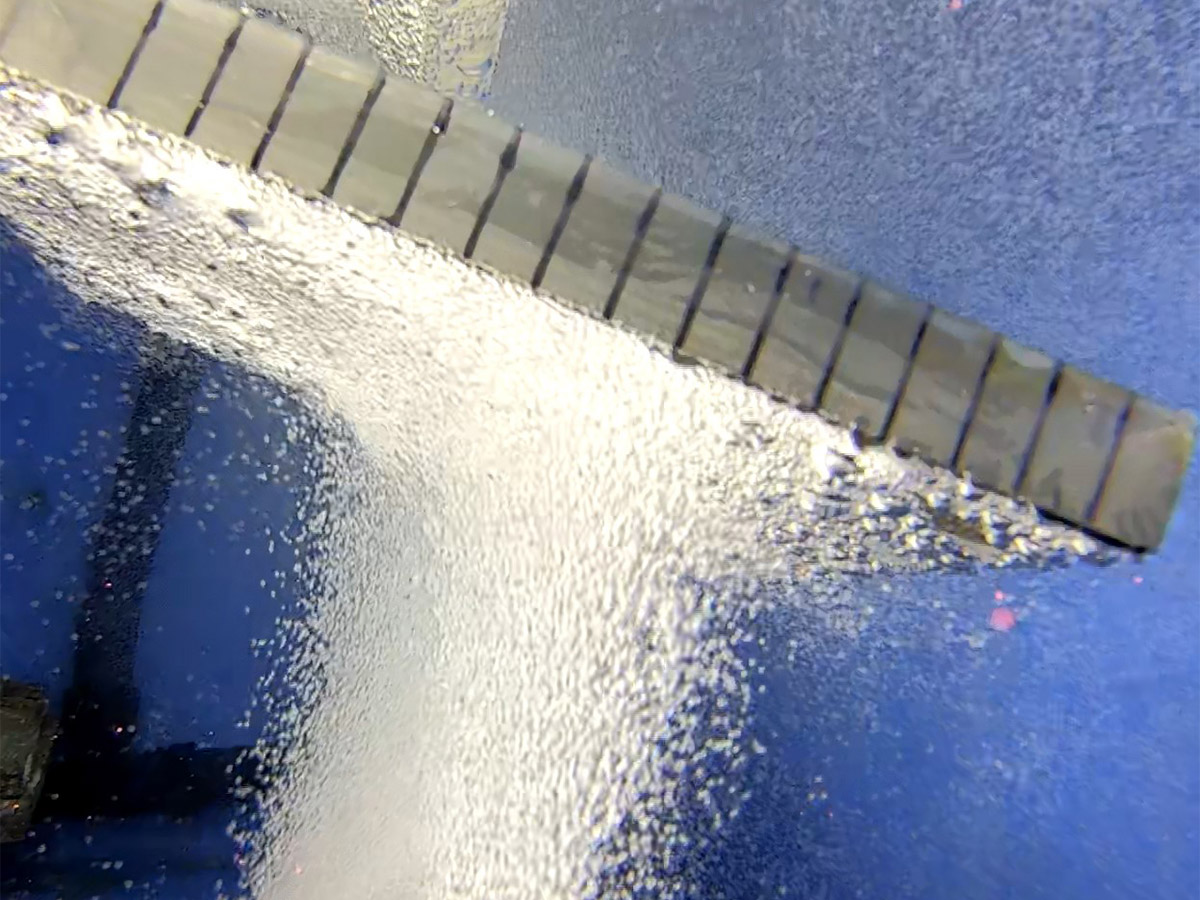
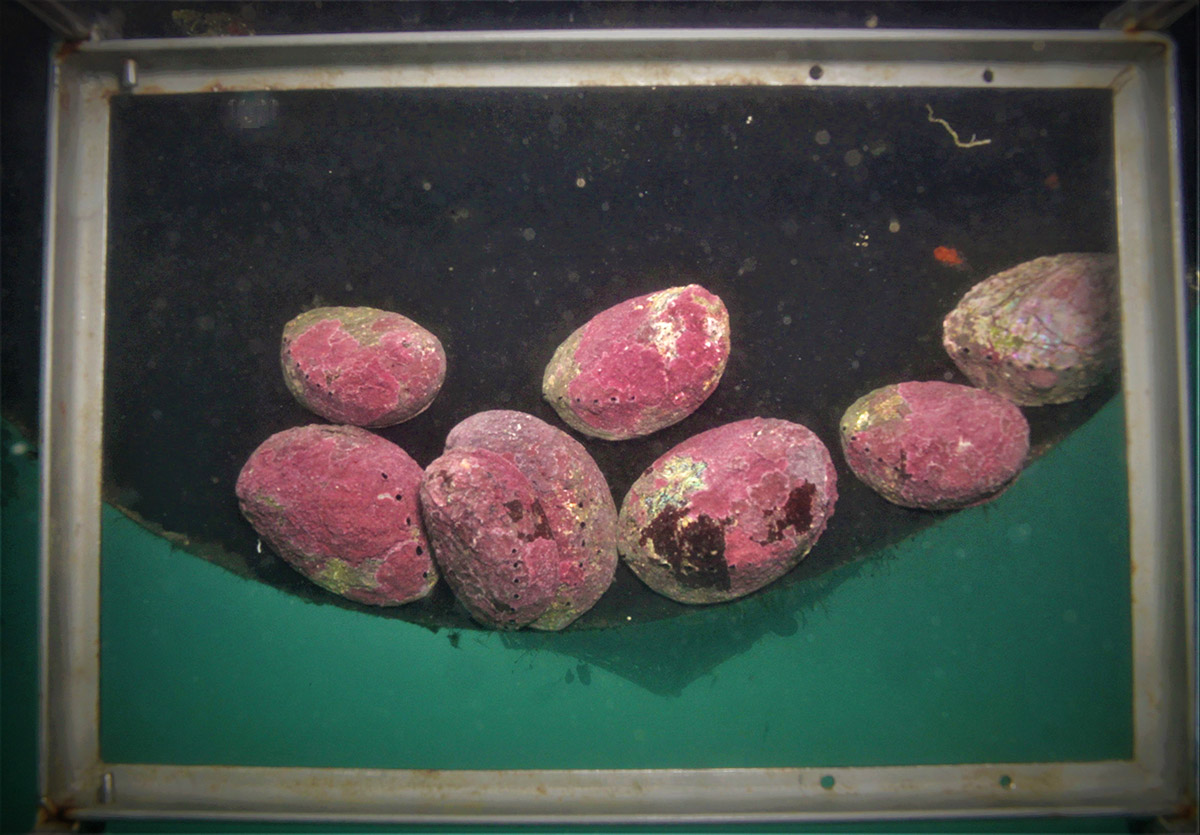
Left: Laboratory trials have been used to measure the ‘shear stress’ caused by bubble streams across mimic pontoon surfaces. Right: New Zealand abalone (pāua) have been tested and have proved promising as biocontrol agents on marina pontoons in Nelson. Other biocontrol agents candidates include Cook’s turban (toitoi) and cat’s eye snails (pūpū).
Enhancement of native species on artificial structures
In some situations, it may be desirable for coastal artificial structures to feature biofouling assemblages – but they need to contain the ‘right’ organisms. The expansion of many coastal urban centres has been associated with local declines in valued native species including kaimoana (seafood) gathered by Māori. Enhancing native species on coastal artificial structures can have two desirable outcomes. First, such populations can have a ‘sanctuary effect’ and help sustain regional populations where traditional gathering takes place. Second, if native organisms establish themselves on artificial structures first, it makes these structures more resistant to invasion by NIS.
Using approaches integrating marine ecology, Mātauranga Māori (traditional knowledge) and materials science, we will develop novel artificial substrates (i.e., types of surfaces) aimed at enhancing the settlement and retention of native green-lipped mussels (Perna canaliculus, kutai) on artificial infrastructure. A first step in this research involves understanding the habitat properties of healthy and established native mussel beds. Working with local kaitiaki (guardians of the sea) and using state of the art 3D-scanning and printing approaches and laboratory and field-based experiments, we will determine the physical and biogenic habitat features that favour mussel settlement and population development. We will then incorporate these properties into prototype artificial habitats and examine their ability to attract or retain larval and juvenile mussels. Using cutting-edge approaches in materials science and chemistry and an iterative engineering process, we will strive to develop substrates and techniques for maximising the abundance of native mussels on coastal infrastructure.
The research activities across the PROTECT theme as described above will be carried out in close collaboration with Patuharakeke Te Iwi Trust and the programme’s regulatory (Northland, Auckland and Marlborough councils, Ministry for Primary Industries) and industry (Bellingham Marine, Akzo Nobel) end-user partners. Surveys, R&D trials and field experiments for this theme will take place around Northland, Waitemata Harbour and the Top of the South region.
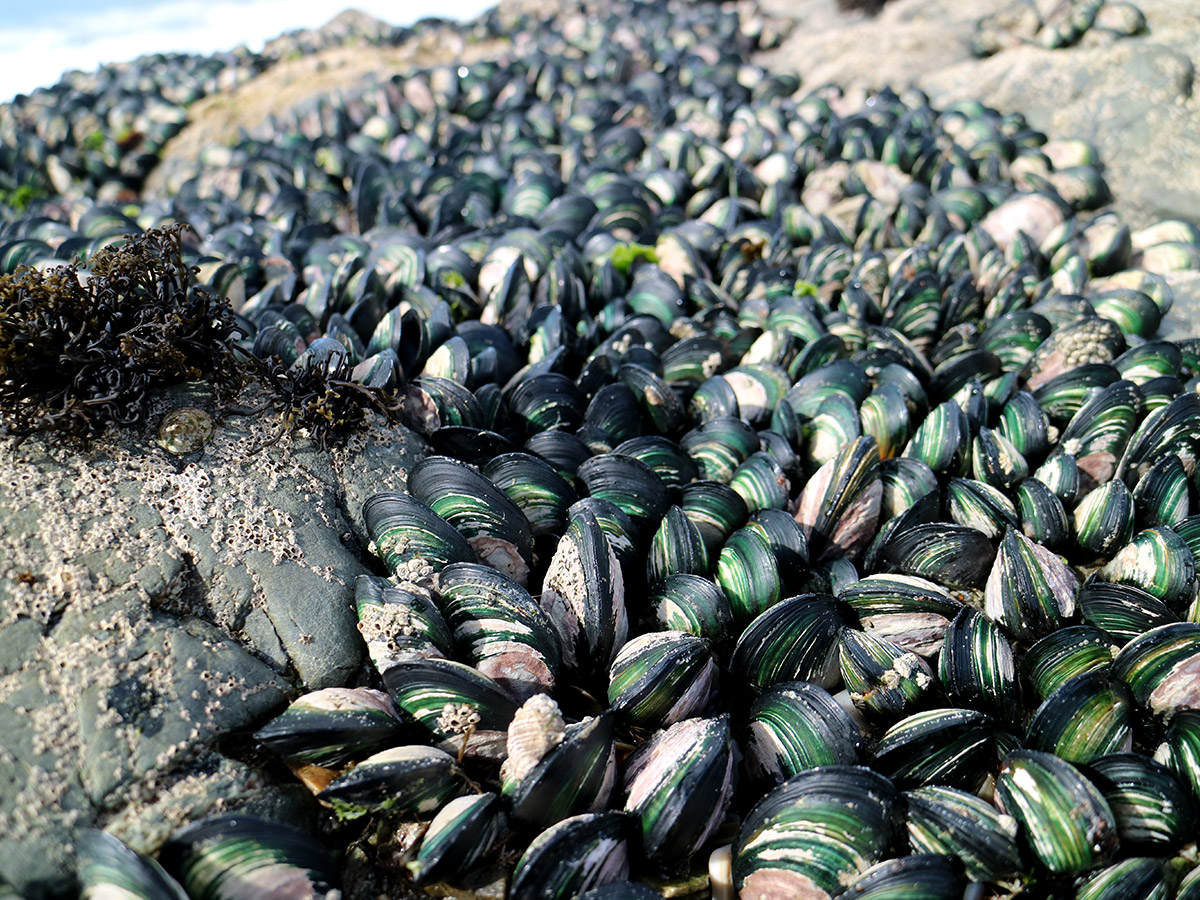
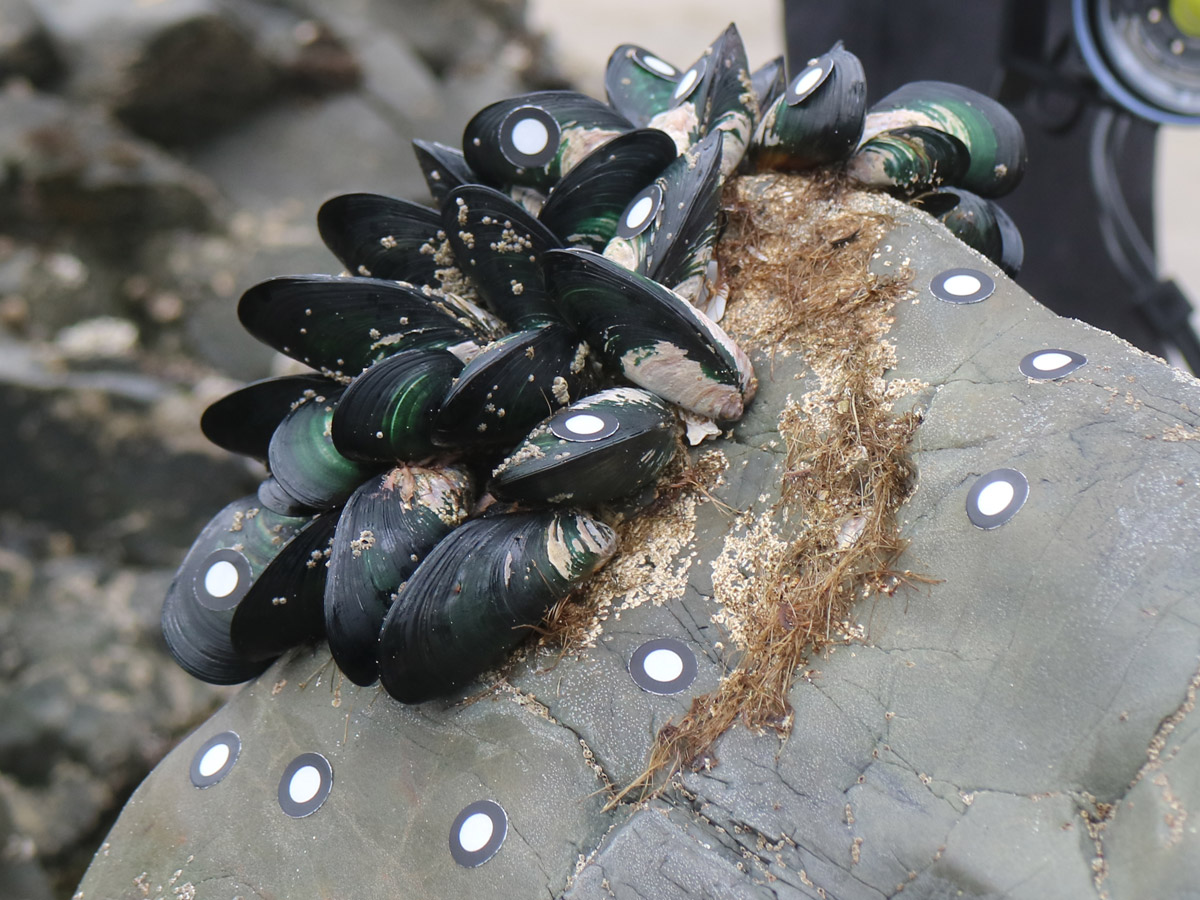
Left: A natural green-lipped mussel bed near Waipu, Northland. Right: Preparing a target area for 3D scanning.
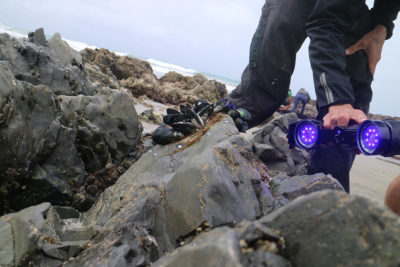
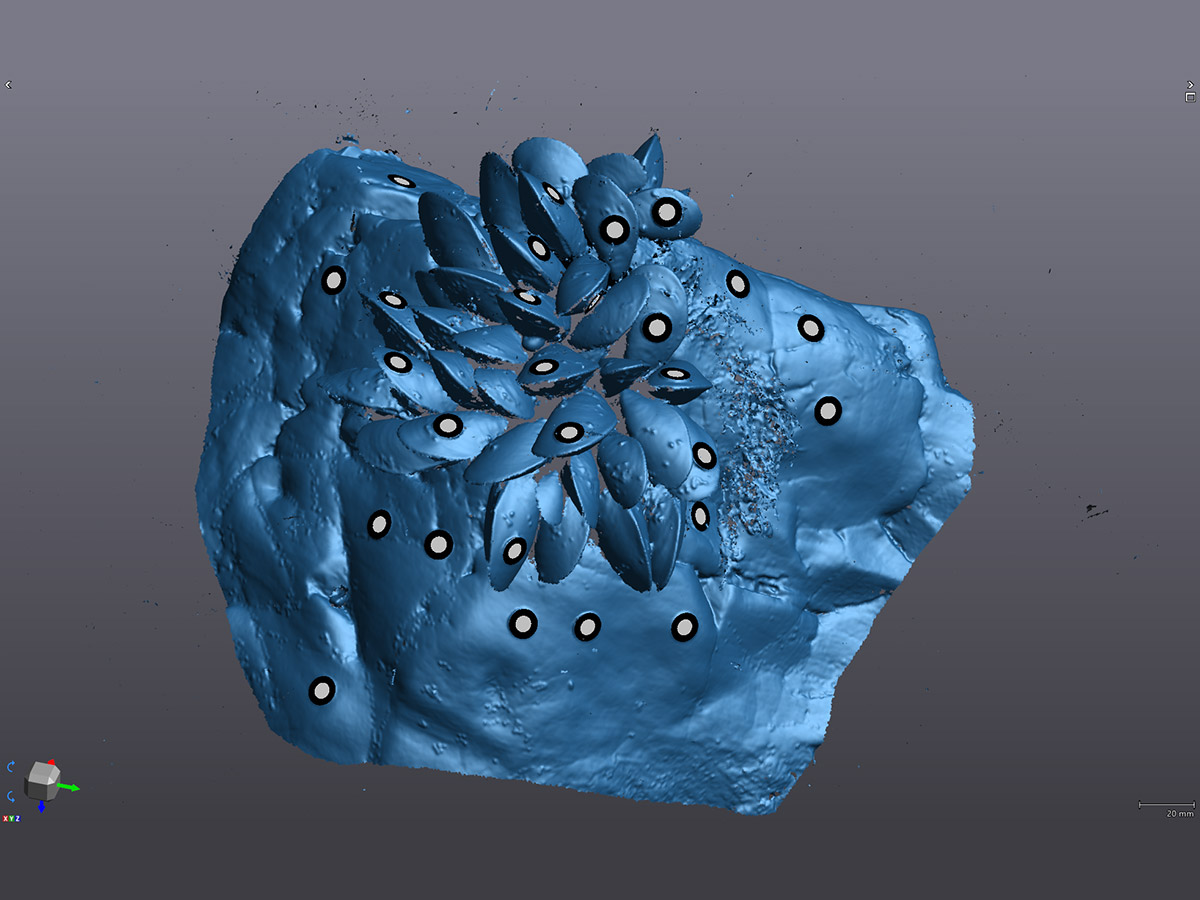
Left: A high-resolution portable 3D scanner is used to characterize the physical features of habitat matrices in mussel beds. Right: 3D model of mussels on a rocky substrate, including adjacent byssus threads and barnacles.

